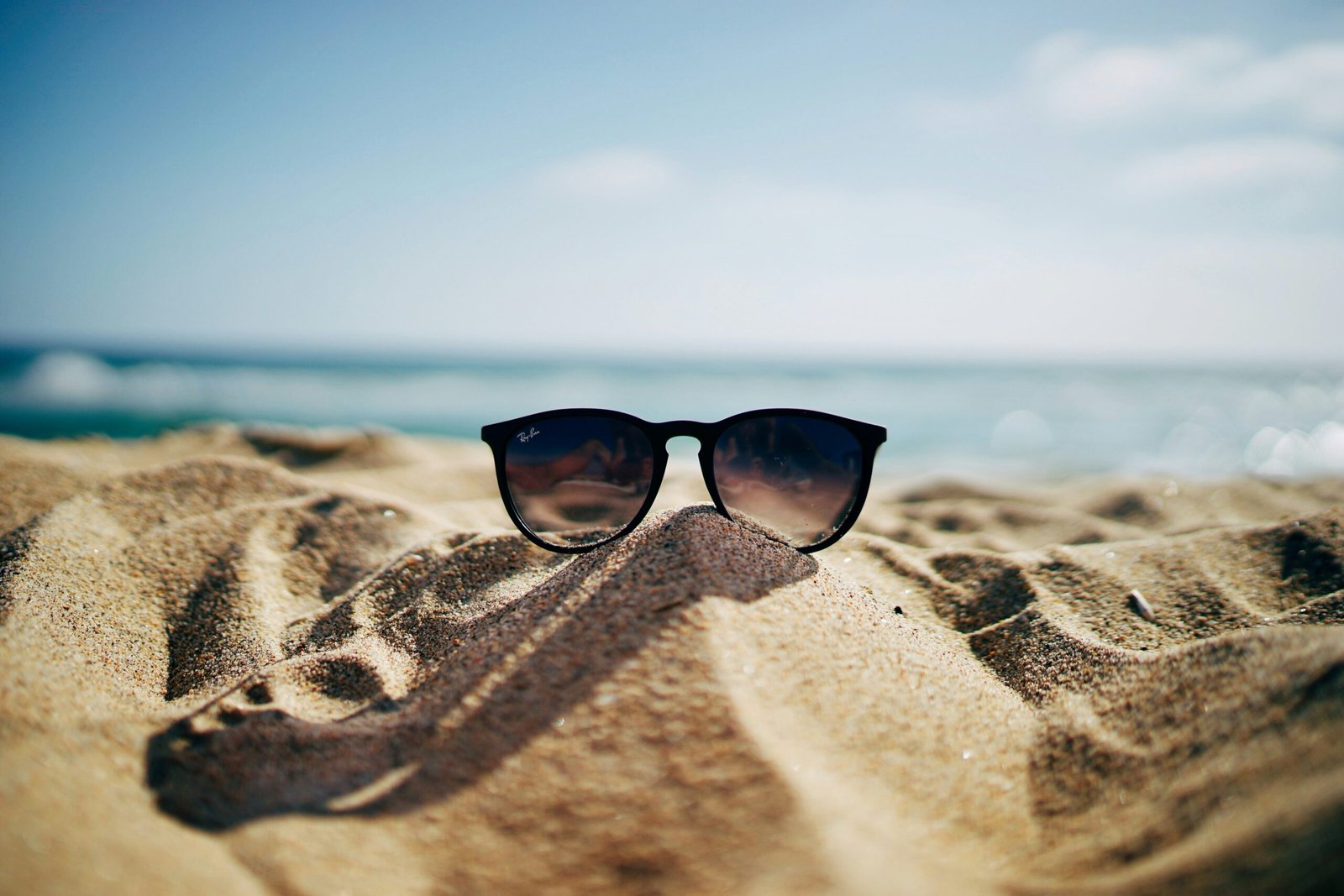
The Importance of Having a Hot Weather Plan
When the temperatures start to rise, it’s important to have a hot weather plan in place to ensure your health and well-being. Hot weather can pose serious health risks, especially for vulnerable individuals such as the elderly, young children, and those with certain medical conditions. By having a plan in place, you can better protect yourself and your loved ones from the potential dangers of extreme heat.
One of the key components of a hot weather plan is staying hydrated. Drinking plenty of water is essential during hot weather as it helps regulate body temperature and prevent dehydration. It is recommended to drink at least eight glasses of water a day, but during hot weather, it’s important to increase your fluid intake to compensate for the additional sweating and water loss.
In addition to staying hydrated, it’s crucial to find ways to stay cool during hot weather. This can include seeking air-conditioned environments such as shopping malls, movie theaters, or community centers. If you don’t have access to air conditioning, you can create a cool space at home by using fans, closing curtains or blinds to block out the sun, and wearing lightweight, breathable clothing.
Furthermore, it’s important to be aware of the signs of heat-related illnesses and know how to respond if someone is experiencing them. Heat exhaustion and heat stroke are two common heat-related illnesses that can have serious consequences if not treated promptly. Symptoms of heat exhaustion include heavy sweating, weakness, dizziness, nausea, and headache. If someone is experiencing these symptoms, it’s important to move them to a cooler place, have them lie down, and provide them with water to drink. Heat stroke, on the other hand, is a medical emergency that requires immediate attention. Symptoms of heat stroke include a high body temperature, confusion, seizures, and loss of consciousness. If someone is experiencing these symptoms, it’s crucial to call emergency services right away.
Additionally, it’s important to take into consideration the specific needs of vulnerable individuals during hot weather. For example, the elderly may have difficulty regulating their body temperature, so it’s important to check on them regularly and ensure they have access to cool environments. Young children may be more susceptible to dehydration, so it’s important to encourage them to drink fluids regularly and provide them with extra care and attention during hot weather.
Overall, having a hot weather plan in place is essential for protecting your health and well-being during extreme heat. By staying hydrated, finding ways to stay cool, being aware of heat-related illnesses, and considering the needs of vulnerable individuals, you can minimize the risks associated with hot weather and enjoy the summer months safely.
Understanding the risks of hot weather is essential for creating an effective hot weather plan. While many people may enjoy the warm summer days, it’s important to recognize that high temperatures can pose serious health risks. Heat exhaustion is one such risk that can occur when the body becomes overheated. This condition is characterized by symptoms such as heavy sweating, weakness, dizziness, nausea, and headaches. If left untreated, heat exhaustion can progress to heatstroke, a life-threatening condition that requires immediate medical attention.
Heatstroke is a medical emergency that can occur when the body’s temperature regulation system fails. It is characterized by a high body temperature, typically above 104 degrees Fahrenheit, along with symptoms such as a rapid heartbeat, confusion, and even loss of consciousness. Heatstroke can have serious consequences, including organ damage and even death, so it’s crucial to take preventive measures and seek medical help if someone is experiencing these symptoms.
In addition to heat-related illnesses, dehydration is another significant risk during hot weather. When we sweat, our bodies lose water and electrolytes, which are essential for proper bodily functions. If these fluids are not adequately replenished, dehydration can occur. Common symptoms of dehydration include a dry mouth, thirst, fatigue, and dark-colored urine. Severe dehydration can lead to complications such as kidney damage and heat exhaustion, so it’s crucial to stay hydrated by drinking plenty of fluids, especially water, during hot weather.
It’s important to note that certain populations are more vulnerable to the risks of hot weather. The elderly, young children, pregnant women, and individuals with chronic medical conditions are particularly susceptible to heat-related illnesses. Therefore, it’s essential to take extra precautions and ensure their safety during hot weather. This may include providing access to cool indoor spaces, encouraging them to stay hydrated, and regularly checking on their well-being.
In conclusion, understanding the risks associated with hot weather is crucial for developing a comprehensive hot weather plan. By recognizing the symptoms of heat exhaustion, heatstroke, and dehydration, we can take appropriate measures to prevent these conditions. Additionally, it’s important to be aware of the vulnerability of certain populations and provide them with the necessary support and care during hot weather. With proper knowledge and preparation, we can ensure the well-being and safety of individuals in hot weather conditions.
Creating Your Hot Weather Plan
Now that we understand the risks, let’s discuss how to create an effective hot weather plan:
1. Stay Hydrated
One of the most important aspects of your hot weather plan should be staying hydrated. Drink plenty of water throughout the day, even if you don’t feel thirsty. Avoid excessive consumption of caffeine and alcohol, as they can contribute to dehydration. If you’re engaging in physical activity or spending time outdoors, consider carrying a water bottle with you to ensure you have access to fluids at all times.
In addition to water, you can also include electrolyte-rich beverages such as sports drinks or coconut water in your hydration plan. These drinks can help replenish essential minerals lost through sweating.
2. Dress Appropriately
The clothing you wear can make a significant difference in how your body handles hot weather. Opt for lightweight, loose-fitting clothing made from breathable fabrics such as cotton or linen. Avoid dark colors, as they absorb heat. Wearing a wide-brimmed hat and sunglasses can also provide additional protection from the sun.
Consider investing in clothing with UPF (Ultraviolet Protection Factor) to further shield your skin from the sun’s harmful rays. UPF clothing is specially designed to block a significant amount of UV radiation and can be particularly beneficial for individuals with sensitive skin or a history of sunburns.
3. Seek Shade and Limit Outdoor Activities
During the hottest parts of the day, typically between 10 a.m. and 4 p.m., it’s best to seek shade and limit your outdoor activities. If possible, schedule outdoor activities for the early morning or late afternoon when temperatures are cooler. If you must be outside, try to find shaded areas and take frequent breaks to rest and cool down.
When seeking shade, be mindful of the type of shade available. Natural shade from trees can provide relief from the sun’s heat, but it may not offer full protection from UV rays. If you’re unable to find sufficient shade, consider using a portable sunshade or umbrella to create your own shaded area.
4. Use Sunscreen
Protecting your skin from the sun’s harmful rays is crucial during hot weather. Apply a broad-spectrum sunscreen with a high SPF (sun protection factor) before going outside. Reapply every two hours or more frequently if you’re sweating or swimming. Don’t forget to cover exposed areas such as your face, neck, arms, and legs.
In addition to sunscreen, consider using other forms of sun protection such as UPF clothing, wide-brimmed hats, and sunglasses. These measures can provide an extra layer of defense against the sun’s rays and reduce the risk of sunburn and skin damage.
5. Stay Cool Indoors
When the heat becomes unbearable, it’s essential to have a cool indoor space where you can seek refuge. If you don’t have air conditioning, consider using fans or keeping windows open to create a cross breeze. Close curtains or blinds during the hottest parts of the day to block out the sun’s heat. Taking cool showers or baths can also help lower your body temperature.
If you have access to air conditioning, make sure your unit is properly maintained and functioning efficiently. Clean or replace air filters regularly to ensure optimal performance. If you’re concerned about energy consumption, consider using a programmable thermostat to regulate the temperature and reduce energy usage when you’re not at home.
6. Check on Vulnerable Individuals
If you have elderly neighbors, young children, or individuals with medical conditions living nearby, it’s important to check on them during hot weather. Offer assistance if needed and ensure they have access to a cool and safe environment. Encourage them to follow their own hot weather plans and provide any necessary support.
In extreme heat situations, it may be necessary to help vulnerable individuals find alternative accommodations, such as cooling centers or shelters. Stay informed about local resources and emergency services that can provide assistance during heatwaves or prolonged periods of hot weather.


